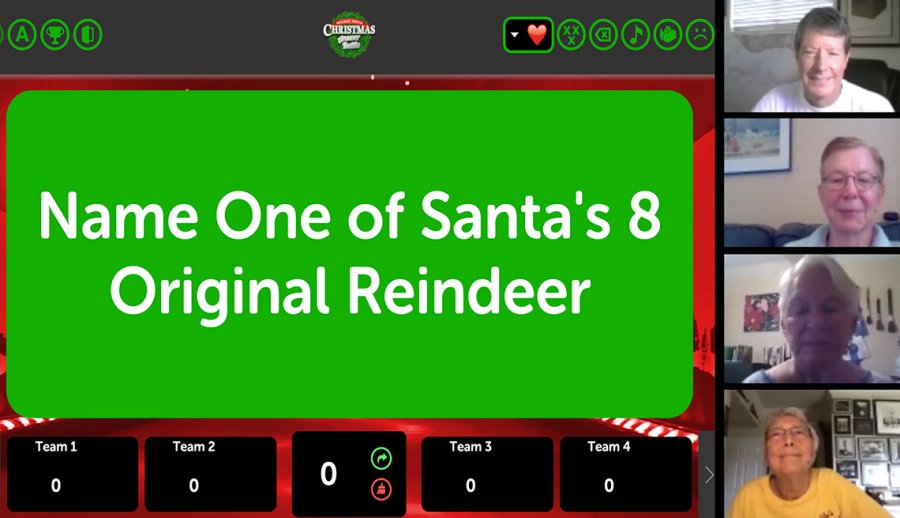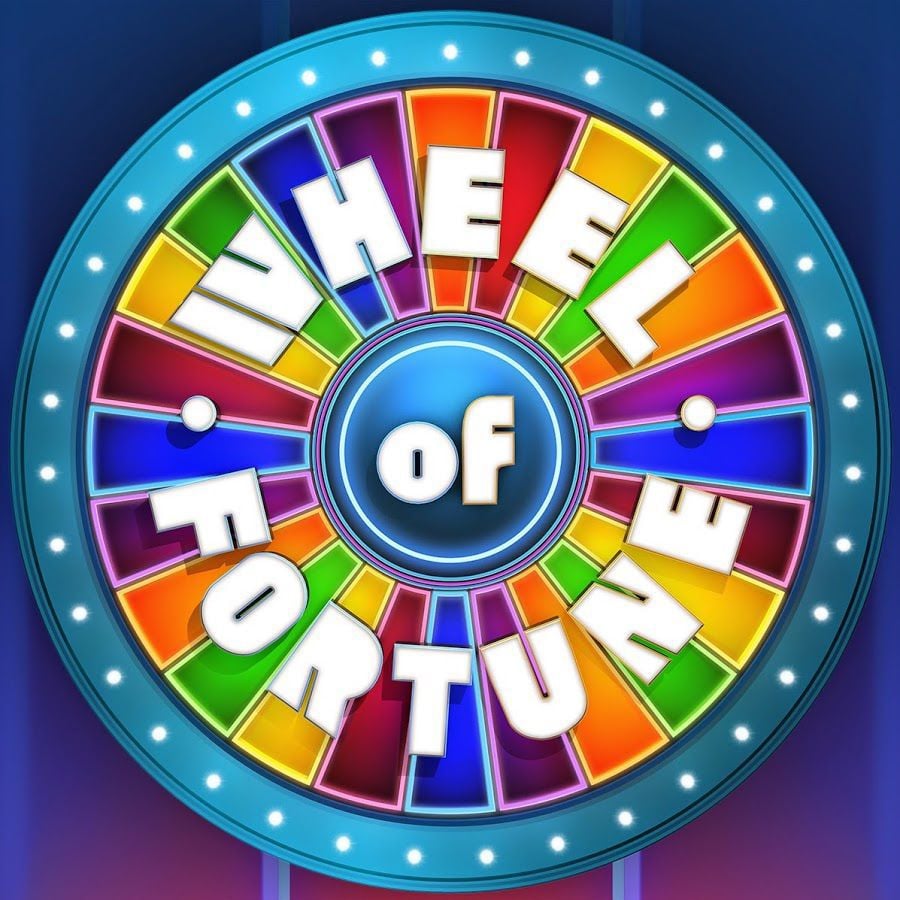The original version of the American game show Wheel of Fortune was created by Merv Griffin and aired on NBC from January 6, 1975 to June 30, 1989. It moved to CBS from July 17, 1989 to January 11, 1991 and back to NBC on January 14, 1991 until September 20, 1991 when it was canceled for good. Wheel of Fortune is a game from America which was begun by Merv Griffin in 1975. It is a puzzle of rivalry. There are contenders who need to unravel word puzzles. One needs to turn a goliath wheel that will decide their fortune. At that point, they win prizes and money. In 2008 and 2013, the game got appraised as Number 2. Push Up & Rotation The entries you make above will be displayed on the wheel. When you click the wheel, it spins and picks a random winner. You can customize the appearance and behavior of the wheel, and save and share wheels with others.




Zoom Games Wheel Of Fortune
- Comparing Populations
The system can compare populations. For example, if a meeting gathers district sales managers and dealer sales managers together in the audience, a question about co-op advertising may be important to each for unique reasons. A real-time comparison of the responses of these two groups can show how similar or different their needs are in a quantifiable form. - Creating Regional Competitions
Audience members can be segmented into competing teams by using their response pads to join specified groups. These groups or “teams” can then compete in answering questions. The computer will tally the responses and produce a winning team. We can customize a game show to complement your meeting objective. - Pre- & Post-Meeting Questioning of the Audience
This method involves asking the same question at two junctures of the meeting. The question is asked up front, and then after the introduction of new information the question is asked again. The current bar graph is displayed and then the graph is put side-by-side with the original to emphasize differences. - Prioritizing Issues
Determine the issues that need the most attention. Have the audience create the top ten qualities of a successful group, and then have them determine how they fare in each of these categories. This method creates ownership of ideas conceived by the audience for the audience. - Custom Questions
Have the audience create their own questions and choices. Typically, members of an audience are passive and asked to sit and listen without input. Imagine a meeting that is highly structured but allows for members of an audience to create their own questions via question cards and receive feedback from their peers. Problems, experiences, perceptions, etc., are shared by all. - Case Studies
From correct selling techniques to the successful treatment of a patient, case study questions are among the most effective techniques to facilitate adult learning. Draw from meeting objectives to create challenging, real-world case scenarios. It is not necessary to have a correct answer for these questions, but it is important to challenge the audience with difficult decisions. Then open the floor to discussion and have the experts discuss the best solutions. - Demographic Analysis
The system can be used to determine major characteristics of the audience. During the meeting, these could be cross-referenced by question. Following the meeting, results can be created with even greater detail. For example, if a question is asked, “Have you ever been injured on the job?” that question could be cross-referenced with, “Would you give up one hour a week for work safety courses?” - Audience Surveys
Traditional paper surveys typically receive an inadequate response rate. Include the surveys in the interactive program and receive complete and anonymous feedback for display to the audience or to be held as a private record. Either way, valuable information regarding the quality of the speakers, meeting content, meeting site, etc. can be gathered and used immediately. - Consensus Voting
One response keypad is set up for each group of five people. Before an answer is given, the group must confer and agree upon one response. This method encourages group interaction and cultivates a team-building atmosphere.